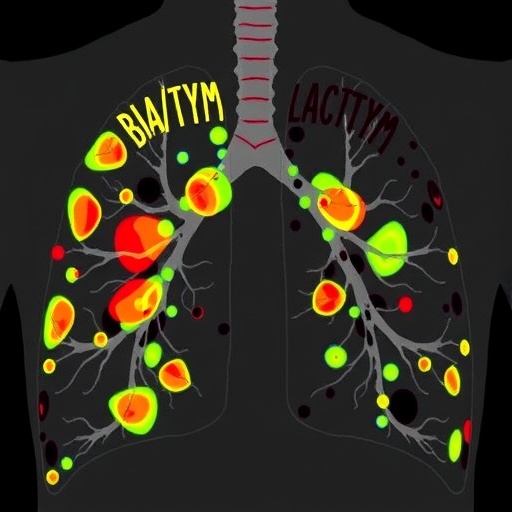Oxazaphosphorine cytostatics (Cyclophosphamide, Ifosfamide) are often used and very effective anticancer agents; but so far little is known about the molecular basis for the antitumor effect.
The general prevailing opinion is that after activation by liver enzymes, a part of the activated oxazaphosphorines is irreversibly detoxified by liver enzymes while the non-detoxified part decays spontaneously to acrolein and the alkylans phosphoreamide mustard which is assumed to exhibit its cell toxicity by DNA alkylation. The accepted concept developed from findings in cell culture experiments to the mechanism of action is based on the relative enrichment of activated oxazaphosphorines in tumor cells due to stronger detoxification in normal cells.
With the discoveries that:
- 1 DNA alkylation is only the initial event for cytotoxic DNA damage induced apoptosis ( Schwartz PS, Waxman DJ. (2001)),
2 activated oxazaphosphorines are decomposed in vivo enzymatically to phosphoreamide mustard and 3-hydroxypropanal ( Voelcker (2017))
3 3-hydroxypropanal is a proapoptotic metabolite ( Iyer C. et al (2008))
completely new possibilities for the explanation of the high antitumor activity of oxazaphosphorine cytostatics arise.
Activated oxazphosphorines are enzymatically decomposed to phosphoreamide mustard and 3-hydroxypropanal. Phosphoreamidemustard causes DNA damage by alkylation. The damaged cell can either repair the alkylated DNA or initiate p53 mediated cell cycle stop in order to give the cell the opportunity to repair the damage. If this is not possible, apoptosis, which is amplified by 3-hydroxpropanal, is induced."
Thus, to improve the efficiency of oxazaphosphorine cytostatics it is necessary to create "aldophosphamides" with apoptosis promoting alkylating functions which (enzymatically) release the alkylating moiety and a proapoptotic aldehyde.
###
For more information about this article, please visit https://www.benthamopen.com/EPUB/BSP-TOPROCJ-2016-41
Reference: Voelcker G. (2017). Enzyme catalyzed decomposition of 4-hydroxycyclophosphamide, The Open Conference Proceedings Journal, DOI: 10.2174/2210289201708010044
Media Contact
Faizan ul Haq
[email protected]
@BenthamScienceP
http://benthamscience.com/
http://dx.doi.org/10.2174/2210289201708010044
############
Story Source: Materials provided by Scienmag




